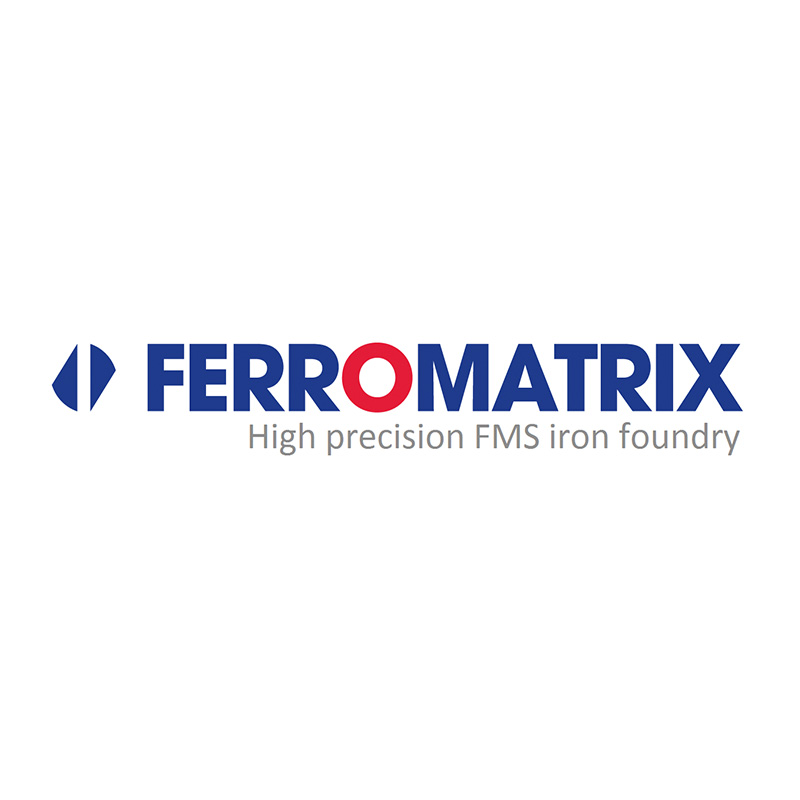Ferromatrix: Simulation Supports Substitution into Castings
The substitution of a welded construction in cast iron is often a challenge. At the same time, it offers interesting opportunities for the foundry to explore new markets or products.
The Belgian foundry Ferromatrix produces castings for its sister company Van de Wiele, the world leader in the field of weaving machines for carpets and textile covers.
For a newly developed carpet loom, the desire was to produce several welded components used in the previous model in a more cost-effective manner as cast iron structural parts. Among them was a 6 m long casting with a weight of one ton called a “sub-ruler.“ In order to produce such a long construction as a casting, the following two challenges had to be solved:
The mechanical properties had to be at least equivalent to those of the weldment. This could be achieved using a newly developed Ferromatrix highsilicon content ferritic alloy with high strength and ductility. In addition, the required dimensional tolerances of the thin-walled part had to be ensured. The linear shrinkage and distortion behavior of a casting is affected by residual stresses occurring during solidification and cooling.
Residual stresses result from uneven cooling in different wall sections and constraints to the shrinkage caused by cores or the casting itself. The prediction of dimensional accuracy based on experience alone or trial and error was not an option for this part.
Here, the engineers from Ferromatrix relied on the use of MAGMAstress, the MAGMASOFTR module for prediction of casting residual stresses and distortion. A first simulation showed that the originally selected casting layout caused a strong vertical distortion of the sub-ruler.
A reduction of the distortion of the subruler based on design changes to the component was not possible due to the available design space in the loom. Therefore, the foundry professionals from Ferromatrix were faced with the challenge of designing an alternative casting layout, which would lead to a lower level of distortion but still would maintain a quiescent mold filling and a porosity-free casting. This is a conflict which often occurs in the foundry: the large heat input caused naturally by the required feeder leads to large temperature gradients necessary to maintain a directional solidification. However, a minimization of casting distortion requires a homogeneous cooling of the casting associated with a reduction in temperature gradients.
With the help of the integrated simulation of mold filling, solidification and casting stresses, a casting layout was developed which resulted in casting distortion within the allowed tolerances, without compromising the other component requirements.
The same procedure has been applied successfully for the other castings in the new loom. Through the use of casting process simulation, Ferromatrix succeeded in realizing robust casting layouts for its structural components right the first time - without any need for long and expensive trial-and-error iterations.
Ferromatrix NV in Kortrijk-Marke, Belgium, is part of the textile machinery manufacturer Van De Wiele Group. The activities as a captive foundry began in 1936. In 1978, the foundry started to act as an operationally independent jobbing foundry. With a production capacity of 18,000 tons per year, Ferromatrix produces cast iron components in ductile, grey, compacted graphite, SiMo and ADI iron on two automatic no-bake molding lines. The foundry uses two 8-core MAGMA 5 licenses with MAGMAiron and MAGMAstress.


